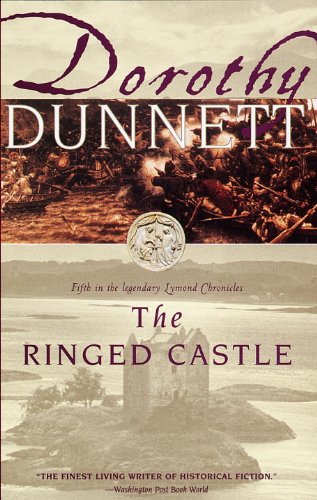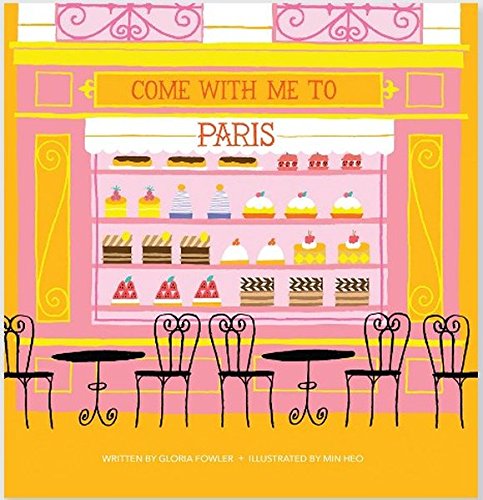 I finally read this justly famous and best-selling dog story, and the first surprise was the title. It’s not “Lassie, come home!”, a plea or a command for Lassie to return to home and hearth, as I always thought it was. Instead, “Lassie Come-Home” is a nickname for the faithful collie who does return home, through many miles and obstacles, from the highlands of Scotland all the way back to the Yorkshire country family in the south of England who were her original masters. Lassie is a “come-home dog” in the Yorkshire vernacular.
I finally read this justly famous and best-selling dog story, and the first surprise was the title. It’s not “Lassie, come home!”, a plea or a command for Lassie to return to home and hearth, as I always thought it was. Instead, “Lassie Come-Home” is a nickname for the faithful collie who does return home, through many miles and obstacles, from the highlands of Scotland all the way back to the Yorkshire country family in the south of England who were her original masters. Lassie is a “come-home dog” in the Yorkshire vernacular.
Perhaps Lassie Come-Home is the template for many books that came after: The Incredible Journey by Sheila Burnford, A Dog’s Way Home by Bobbie Pyron, and other stories of faithful dogs and other animals finding their way home after a series of adventures and difficulties. Or maybe the plot mirrors Black Beauty and other earlier books that show faithful animals making their way back home to the owners they love. Lassie’s journey home is certainly an adventurous one.
The author note in the back of my book says:
“Lassie first appeared in a short story published by the Saturday Evening Post in 1938. The story was so popular that Mr. Knight expanded it into a full-length book, which was published in 1940 and instantly became a best-seller. In 1942 the MGM movie based on the book launched the career of Elizabeth Taylor.”
All those survivors of economic depression and war-weary readers and movie-goers most likely needed a hopeful story about overcoming seemingly insurmountable odds, the kind of victory through suffering that is depicted in Lassie Come-Home. The story itself is pretty incredible: a dog somehow finds his way home form Scotland to Yorkshire, 400 miles as the crow flies or over 1000 miles with the obstacles such as lakes and rivers that Lassie has to skirt around or find a way over.
Eric Knight was born in England (in the Yorkshire country that her writes about), came to the United States as a teenager, and died in an airplane crash while serving in the U.S. Army during World War II—but not before giving us this classic dog story. It’s well-written, hopeful, and —-spoiler here—the dog doesn’t die!








